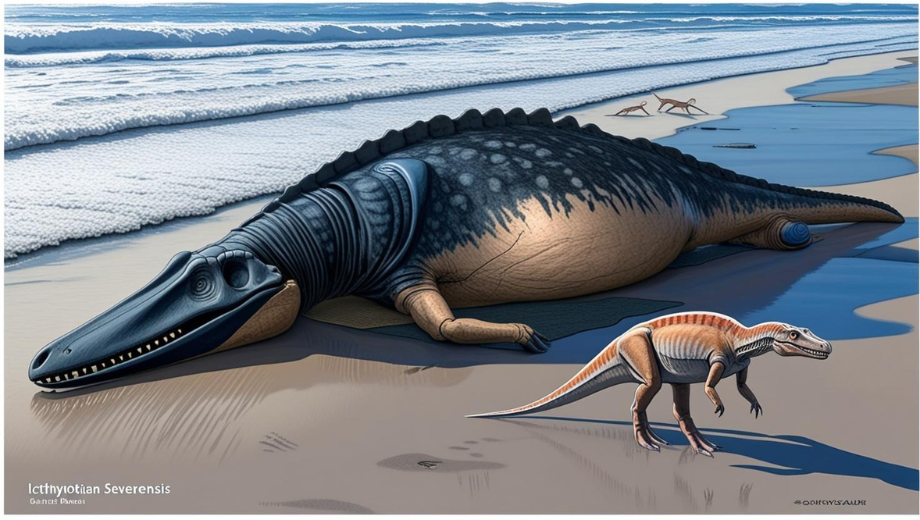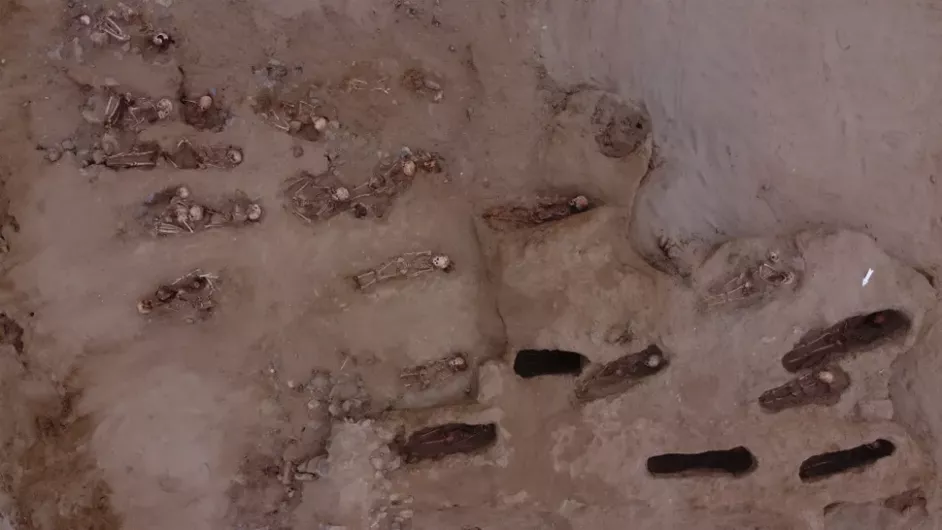Earlier this year, the James Webb and Hubble space telescopes teamed up to confirm one of the most troubling puzzles in physics
From orcas wearing salmon hats to April’s total solar eclipse, it’s been a big year for science news. LiveScience rounded up the five stories readers loved most in 2024, starting with a cosmic enigma that could upend everything we thought we knew about the universe.
We were wrong about the universe
Earlier this year, the James Webb and Hubble space telescopes teamed up to confirm one of the most troubling puzzles in physics—that the universe is expanding at different rates depending on where we look.
The phenomenon was first observed by Hubble in 2019 and again by James Webb in 2023, but scientists hoped there might have been an error in the measurements. However, on February 6, a triple check confirmed these discrepancies, calling into question what we thought we knew about the universe.
“With measurement errors negated, what remains is the real and exciting possibility that we have misunderstood the universesaid lead study author Adam Riess, professor of physics and astronomy at Johns Hopkins University.
Spiders on Mars
More excitement about finding aliens was sparked in late April, when the European Space Agency (ESA) photographed hordes of spider-like shaft marks scattered across the south polar region of Mars, around a mysterious formation known as the City of the Incas.
The black swarms seemed to have tiny ray-like legs, reminiscent of a handful of baby spiders. However, the ESA revealed that the “alien arachnids” were actually a seasonal geological feature born of ice sheets melting with carbon dioxide.
Indeed, a few months later, researchers were actually able to recreate these strange spider-like structures on our own planet.
A giant 200-million-year-old ‘sea monster’ has been found on the beach
Also in April, scientists discovered the remains of what they believe to be the largest marine reptile ever discovered on a beach in Somerset in the United Kingdom.
Gathering the remaining bone fragments from the 200-million-year-old Triassic predator, the team estimated that the living animal would have been about 82 feet (25 meters) long. This breaks the previous record for the largest marine reptile – Shonisaurus sikanniensis, which would have been about 21 meters tall.
The researchers named the newly discovered fossil Icthyotitan severnensis, meaning giant Severn lizardfish, after the Severn Estuary where it was found.
Earth’s inner core is slowing down
Since 2014, scientists have noticed a mysterious trend deep within our planet – Earth’s solid inner core is rotating unusually slowly.
The moon-sized chunk of solid iron and nickel at the center of our planet is surrounded by a swirling outer layer of liquid iron, and it’s this outer core—combined with gravitational forces from the overlying mantle—that appears to slow the rotation of the inner core.
But what does this mean for us? So far, we can only speculate, but researchers say it could potentially lengthen days on Earth — if only by a few milliseconds.
Sacrifice of a 700-year-old child
In early November, archaeologists discovered a 700-year-old burial mound in Peru that contained the remains of 76 sacrificed children and two adults. Each child had its chest split open, probably so that those who sacrificed them could gain access to its heart.
The bodies were accompanied by silver, gold, ornaments and the shells of a tropical sea mollusk called Spondylus – items researchers say were “more valuable than gold” to the local community at the time.
The sacrificial victims may have come from a conquered northern region and been brought to the burial site to work the land. Investigators say the children may have been sacrificed in an attempt to “activate” the agricultural fields.
Source :Skai
I am Terrance Carlson, author at News Bulletin 247. I mostly cover technology news and I have been working in this field for a long time. I have a lot of experience and I am highly knowledgeable in this area. I am a very reliable source of information and I always make sure to provide accurate news to my readers.












